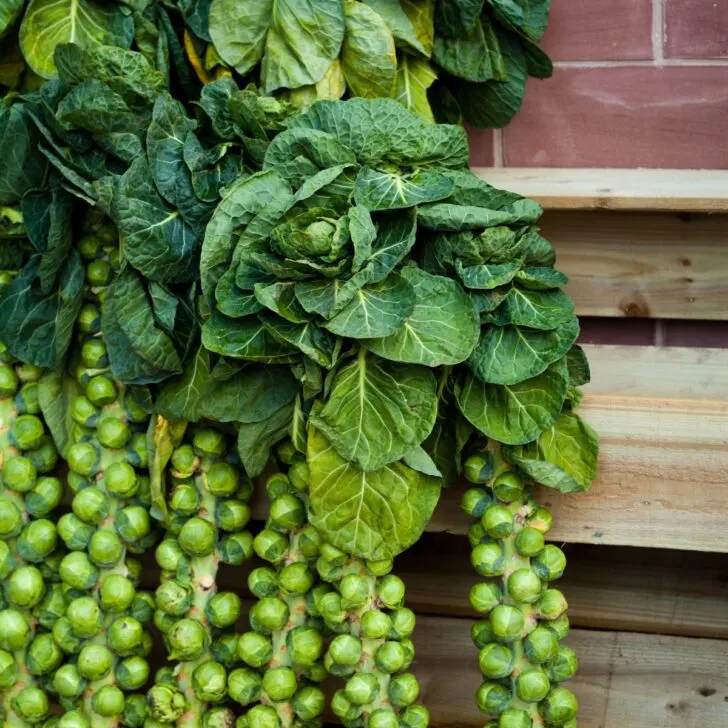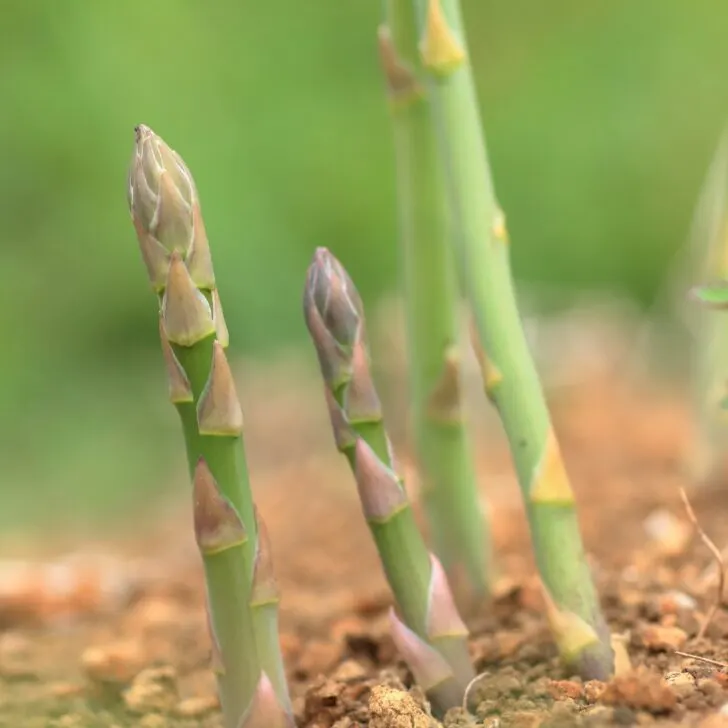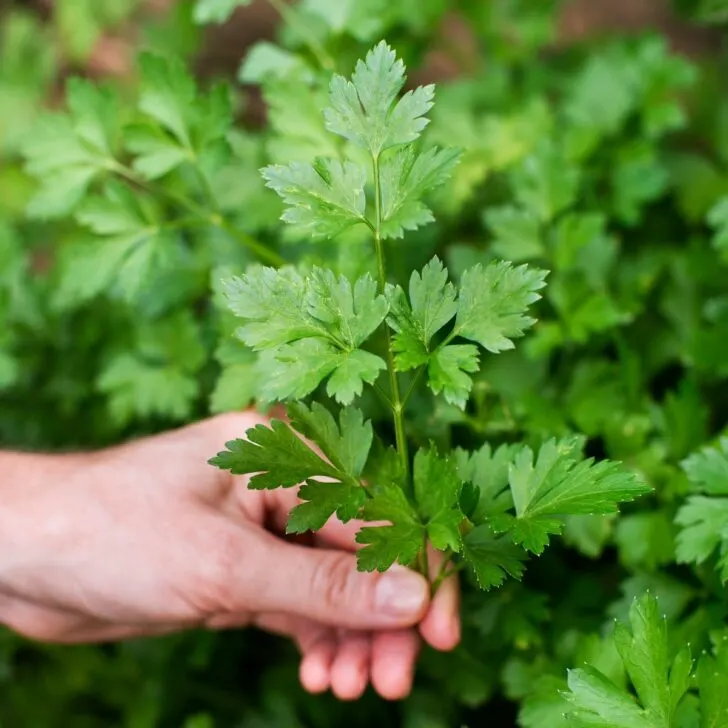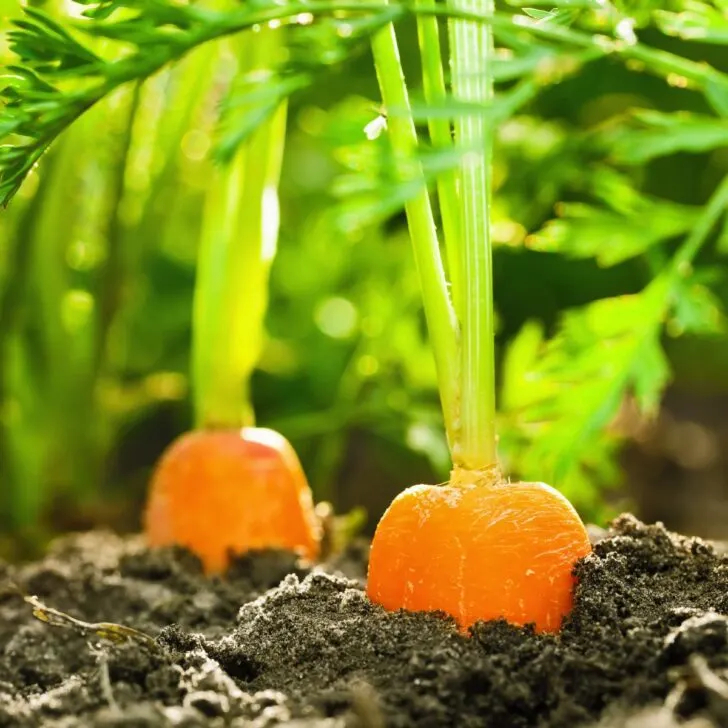Discover the best companion plants for broccoli to boost growth, deter pests, and maximize your vegetable garden's overall health.

Companion planting can increase your harvest and reduce how much work it takes to grow them. Companion plants can repel pests, improve the use of soil nutrients, save garden space, and so much more.
So what grows well with broccoli? And which plants should you avoid? Let's find out!
What to plant with broccoli
Here's a table summarizing the best companion plants for broccoli and their specific benefits:
| Companion Plant | Benefits for Broccoli |
|---|---|
| Beets | Require less calcium and nitrogen, good for inter-planting |
| Celery | Believed to improve broccoli's flavor |
| Chamomile | Known for enhancing the taste of broccoli |
| Lettuce | Can grow near broccoli, beneficial for both plants |
| Potatoes | Need different nutrients |
| Rhubarb | Repels cabbage whitefly, a common pest of broccoli |
| Herbs such as Rosemary, Thyme, Sage, Dill and Basil | Deters pests such as cabbage loopers and moths |
| Onions and Shallots | Deters many insect pests |
| Marigolds and Nasturtiums | Acts as a trap crop, luring away pests |
What not to plant with broccoli
| Plant to Avoid | Reasons for Avoidance |
|---|---|
| Tomatoes | Competes for nutrients, both are heavy feeders |
| Strawberries | Competes for calcium |
| Pole Beans | Allelopathic effects, inhibits each other's growth |
| Peppers | Like tomatoes, competes for nutrients |
| Grapes | Interferes with broccoli's growth |
| Mustards | May compete for nutrients and attract similar pests |
Things to know about growing broccoli
Broccoli is one of the most nutritious vegetables you can grow in your garden. Unfortunately, many pests also like to chow down on this plant, and that’s where adding a few companion plants for broccoli can help.
Broccoli is a cool-season annual crop related to cauliflower, kale, Brussels sprouts, and other brassica family plants. It needs regular water and lots of sun.

This vegetable crop also needs plenty of soil nutrients, especially calcium and nitrogen, so good companion plants for broccoli use a different profile of fertilizers.
Additionally, plants that attract predators to broccoli pests can help your broccoli thrive.
Best companion plants for broccoli
Broccoli requires fertile soil to grow and produce dense heads of tightly-packed, tasty flower buds. Companion plants that work well with broccoli include those needing different soil nutrients.

Other good companions for broccoli are those that can repel brassica pests and a few that might improve broccoli’s flavor.
Here are the best companion plants for broccoli:
- Beets need less calcium and nitrogen than broccoli and can be inter-planted between the rows if you leave at least 16 inches between them so that pulling up the beets does not disrupt broccoli’s shallow roots.
- Celery growing near broccoli can improve the flavor, according to many gardeners.
- Chamomile also has a reputation for improving the taste of broccoli.
- Lettuce plants are small enough to grow near broccoli plants, where their shade can make lettuce slower to bolt and milder in flavor.
- Potatoes need more phosphorus and magnesium than broccoli, making them good garden companions.
- Rhubarb plants contain abundant oxalic acid that can repel cabbage whitefly, a common broccoli pest that damages the leaves. However, leave at least 16 to 24 inches between these two plants because rhubarb gets large and can crowd out nearby plants if they are too close.
- Rosemary, thyme, sage, dill, and basil are strongly-scented herbs that can deter cabbage loopers and cabbage moths that feast on broccoli leaves and heads.
- Onions, shallots, and other alliums stunt the growth of many plants, but not broccoli, where their odor can provide a natural deterrent to many insect pests.
- Marigolds and nasturtiums planted near broccoli can lure away insect pests by acting as a trap crop.
Plants to avoid with broccoli
While some plants attract beneficial insects that will help broccoli to thrive, others attract pests instead. You also want to avoid planting vegetables that require the same nutrients close to each other to prevent competition for resources.
Broccoli often does best when planted separately from other brassica vegetables like kale, cauliflower, cabbage and arugula because all of these are vulnerable to the same pests. However, many gardeners grow a mixed patch of brassica vegetables without trouble, so this advice may not hold true in your garden.
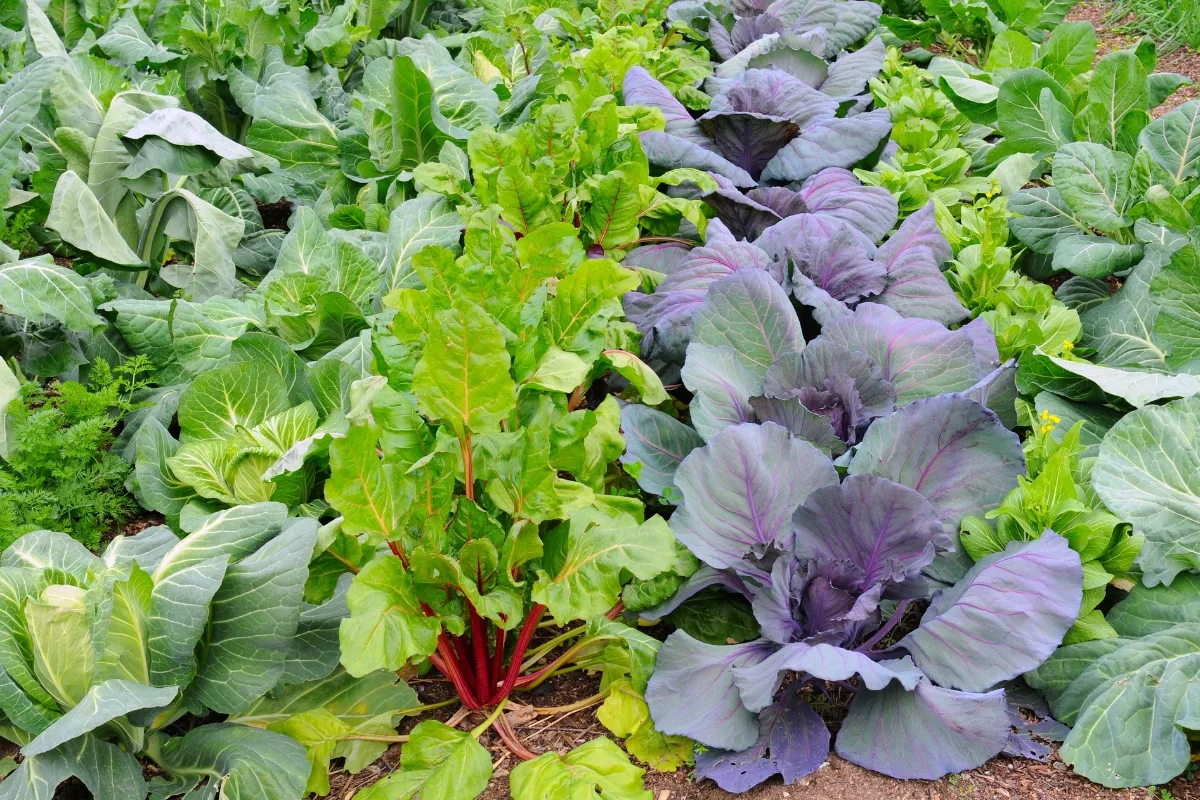
Other bad companion plants for broccoli include:
- Tomatoes: Both broccoli and tomatoes are heavy feeders, meaning they require lots of nutrients from the soil. If planted too closely, they can compete for these resources, leading to sub-optimal growth for both.
- Strawberries: Strawberries and broccoli don't do well when planted near each other. Both plants need a good supply of calcium to thrive, so it's best to keep them in separate areas of the garden to prevent competition.
- Pole Beans: Broccoli and pole beans are not good companions as they can inhibit each other's growth. It's thought that they release chemicals into the soil that the other plant doesn't like, a phenomenon known as allelopathy.
- Peppers: Like tomatoes, peppers are also heavy feeders and can compete with broccoli for nutrients if planted nearby.
- Grapes and Mustards: These plants are also known to interfere with the growth of broccoli and should be planted in a different part of the garden.
Tips for companion gardening with broccoli
Broccoli grows best and develops the tastiest flavor when grown in the spring or fall. So the best companions are usually those that also grow well early and late in the season, like beets and onions.
Some people advise against growing other brassica plants near broccoli because they are all highly susceptible to the same pests and diseases. However, these plants have similar needs for nutrients, water, and sun exposure, so many people plant them together for these reasons.
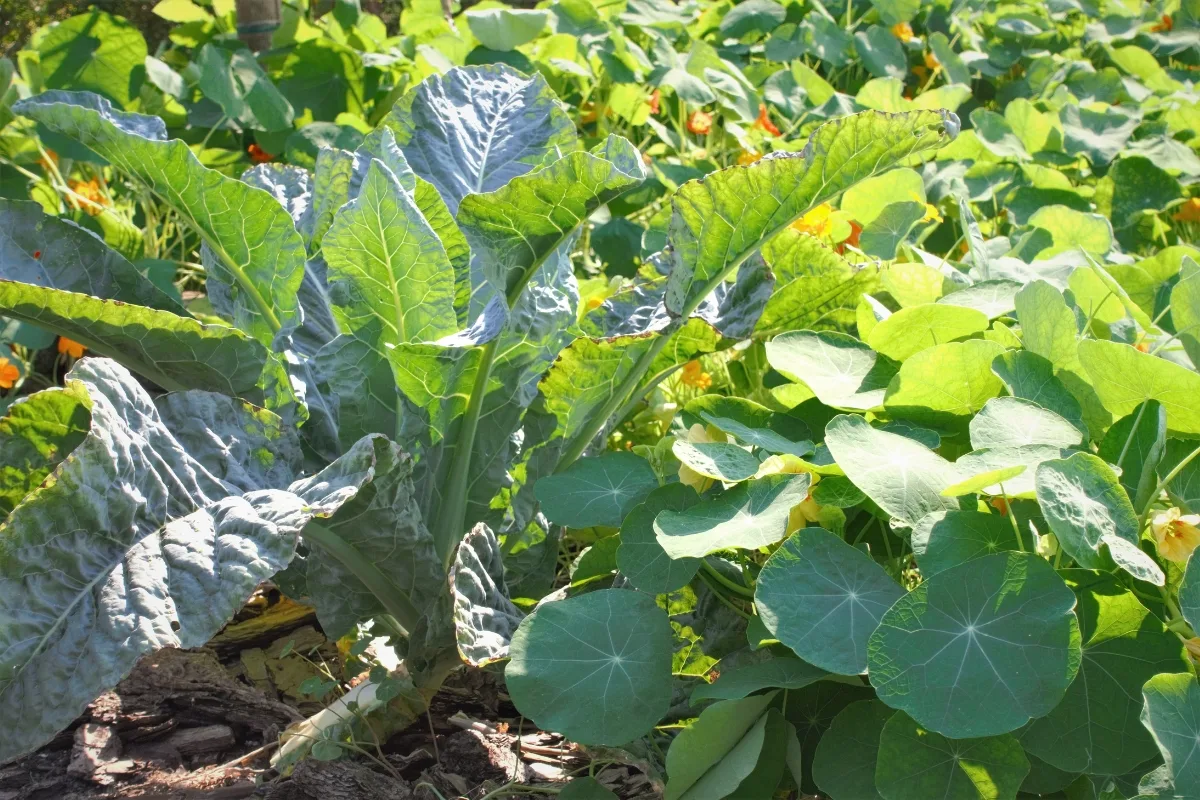
If you want to inter-plant several brassica plants together, one way of managing this problem is to plant trap crops like marigolds and nasturtium around the patch to lure away pests. Or, try inter-planting other insect-repelling plants like onions, leeks, garlic, and shallots among your brassica plants to help ward off pests.
Companion planting can greatly enhance the productivity and health of your broccoli plants, when carefully planned. Pairing broccoli with beneficial companions can help deter pests and improve growth, while others can inhibit it.
Remember, companion planting is as much an art as it is a science. It requires continuous learning, observation, and some trial and error. By understanding the needs and relationships of different plants, you can create a balanced, vibrant garden that is more resistant to pests, diseases, and other gardening challenges.
Happy gardening!

